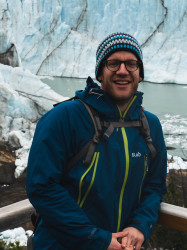BibTex format
@article{Labonte:2021:10.1016/j.actbio.2020.11.005,
author = {Labonte, D and Robinson, A and Bauer, U and Federle, W},
doi = {10.1016/j.actbio.2020.11.005},
journal = {Acta Biomaterialia},
pages = {225--233},
title = {Disentangling the role of surface topography and intrinsic wettability in the prey capture mechanism of Nepenthes pitcher plants.},
url = {http://dx.doi.org/10.1016/j.actbio.2020.11.005},
volume = {119},
year = {2021}
}

